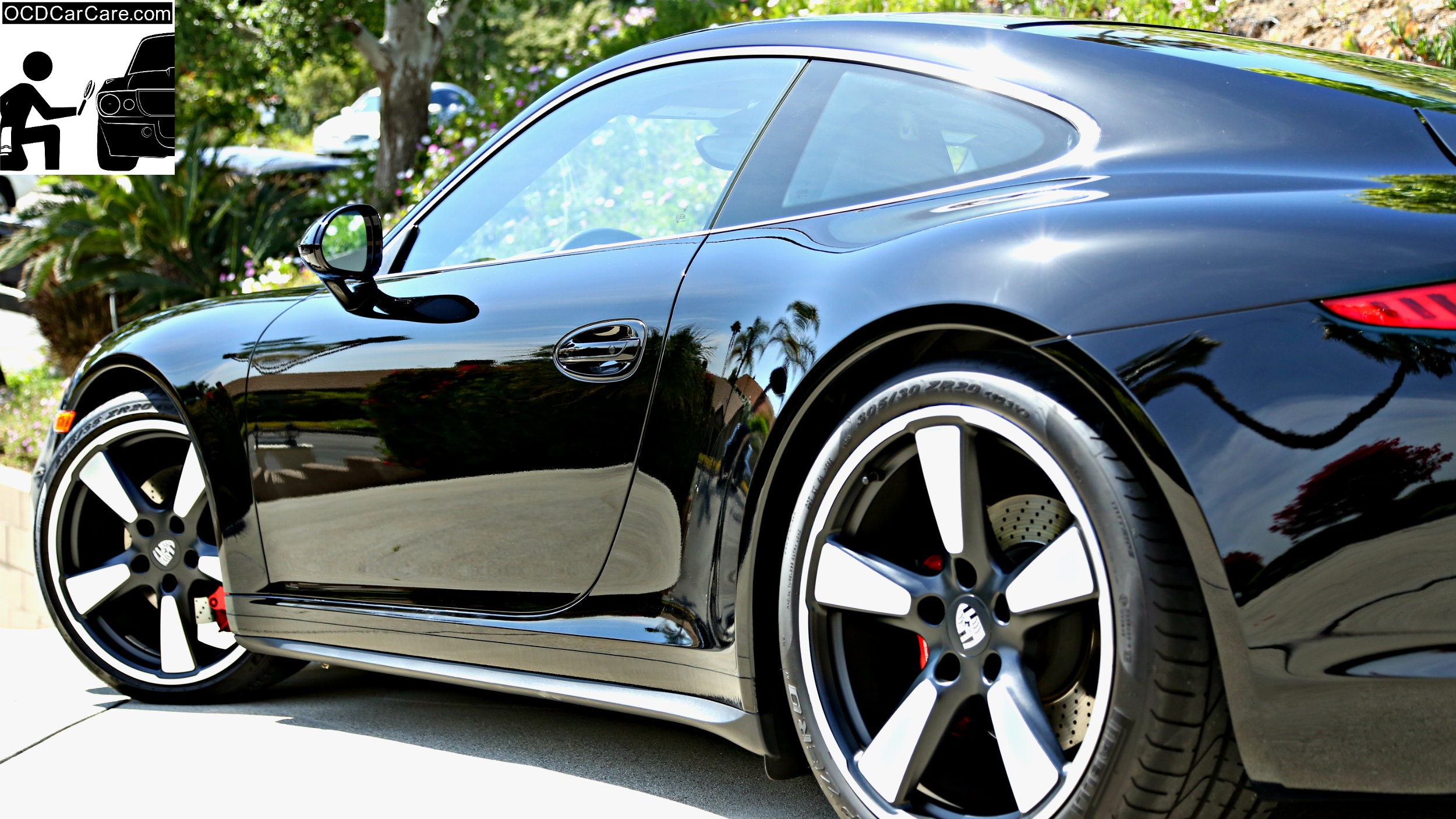Specialist Ceramic Coatings San Jose for Superior Gloss and Resilience
Specialist Ceramic Coatings San Jose for Superior Gloss and Resilience
Blog Article
Unveiling the Scientific Research Behind Ceramic Coatings: Exactly How Does It Work and Why Is It Superior to Traditional Alternatives?
Ceramic coatings have been obtaining appeal in numerous sectors for their extraordinary performance and longevity. Comprehending exactly how ceramic finishings job and why they surpass conventional options is important for those looking for to boost the long life and resilience of their materials.
The Chemistry of Ceramic Coatings
In comprehending ceramic finishes, diving into the intricate chemistry behind their make-up is essential for comprehending their capability and sturdiness. Ceramic coverings are mainly made up of silicon dioxide (SiO2), which creates a protective and solid layer when put on numerous surfaces. This chemical structure gives extraordinary resistance to heat, chemicals, and corrosion, making ceramic finishings very demanded for a vast array of applications.
The chemistry behind ceramic coatings involves the development of covalent bonds between silicon and oxygen atoms, creating a stiff network that boosts the layer's sturdiness and longevity. Additionally, the existence of various other elements such as titanium, zirconium, and light weight aluminum further boosts the finish's properties, offering boosted solidity and bond to surface areas.
Comprehending the chemical make-up of ceramic finishes permits the customization of formulations to suit particular requirements, whether it be for auto, industrial, or property functions. By harnessing the power of chemistry, ceramic coatings remain to lead the method for exceptional security and efficiency in different markets.
Benefits of Ceramic Coatings

As a result, ceramic coatings make cleansing and maintaining surfaces much easier and less lengthy. Overall, the wide range of benefits supplied by ceramic layers make them a premium choice compared to conventional layer methods.
Exactly How Ceramic Coatings Bond
Ceramic coverings bond to surface areas with a procedure that includes molecular attachment and chemical interactions. When a ceramic finishing is put on a surface, it develops a solid bond by chemically adhering to the surface area at a molecular level. This bond is produced with the development of covalent bonds, which are very solid and long lasting. The ceramic finish's molecules pass through the pores of the surface area, developing a tight grasp that withstands splitting up.
Additionally, the chemical interactions between the ceramic finishing and the surface further enhance the bond. ceramic coatings san jose. These communications enable the ceramic covering to create a continual and seamless layer on the surface, supplying superb protection and durability. Unlike typical coatings that might rest on the surface area without completely bonding, ceramic finishings create a long-term bond that is immune to chemicals, UV rays, and extreme environmental conditions

Essentially, the bonding system of ceramic finishings makes sure a reliable and resilient protective layer that surpasses traditional coating choices. This premium bond adds to the sturdiness, scrape resistance, and longevity of ceramic coverings, making them a favored option for numerous applications.
Longevity of Ceramic Coatings
The extraordinary durability of ceramic finishes stems from their durable molecular adhesion and chemical interactions with surfaces, ensuring a resilient safety layer that goes beyond typical layer choices. Once used, ceramic layers form a solid bond with the substratum, developing a resilient obstacle versus different environmental stressors such as UV radiation, chemicals, and abrasions. This bond is so safe that it can endure the rigors of day-to-day usage without deteriorating or deteriorating quickly.
Unlike typical coatings that may deteriorate over time, ceramic layers preserve their integrity for an extended duration, providing long-lasting protection for the underlying surface area. Overall, the remarkable longevity of ceramic layers makes them a remarkable choice for shielding a vast variety of surface areas in various applications.
Ceramic Coatings Vs. Traditional Options
In comparison to standard layer methods, ceramic coverings supply a distinct blend of durability and protective capabilities that set them apart in different surface area protection applications. Traditional options such as wax or sealers offer a momentary layer of security that can diminish swiftly, calling for constant that site reapplication. On the other hand, ceramic finishings create a strong bond with the surface, creating a semi-permanent or irreversible obstacle that is extremely immune to abrasion, chemicals, UV rays, and severe temperatures.
Furthermore, ceramic coverings use remarkable hydrophobic properties contrasted to standard layers. The hydrophobic nature of ceramic finishes creates water to grain up and roll off the surface area, bring dust and pollutants with it. This self-cleaning result assists to preserve the surface's sanitation and gloss for extensive durations, decreasing the demand for constant maintenance.
Furthermore, ceramic layers have a thicker layer compared to typical options, supplying improved scrape resistance and security versus minor influences. This sturdiness ensures resilient efficiency and assists preserve the aesthetic allure of the treated surface for an extensive period.
Verdict
To conclude, the science behind ceramic layers depends on their chemical structure and bonding buildings, making them above conventional choices. The benefits of ceramic finishes include increased durability and protection for surfaces. By understanding how ceramic layers work reference and their advantages over typical choices, one can make educated decisions when taking into consideration covering options for various applications.
Unlike typical coatings that might rest on the surface without completely bonding, ceramic coverings create a permanent bond that is resistant to chemicals, UV rays, and severe environmental problems.
The phenomenal longevity of ceramic layers stems from their robust molecular bond and chemical communications with surface areas, making certain a durable protective layer that exceeds standard coating alternatives.Unlike conventional layers that may weaken over time, ceramic layers maintain their honesty for an extensive period, offering our website resilient protection for the underlying surface area.In comparison to conventional finish approaches, ceramic finishes use a distinctive mix of durability and safety capacities that establish them apart in different surface area security applications. By understanding just how ceramic finishes work and their advantages over conventional alternatives, one can make enlightened choices when considering finish choices for various applications.
Report this page